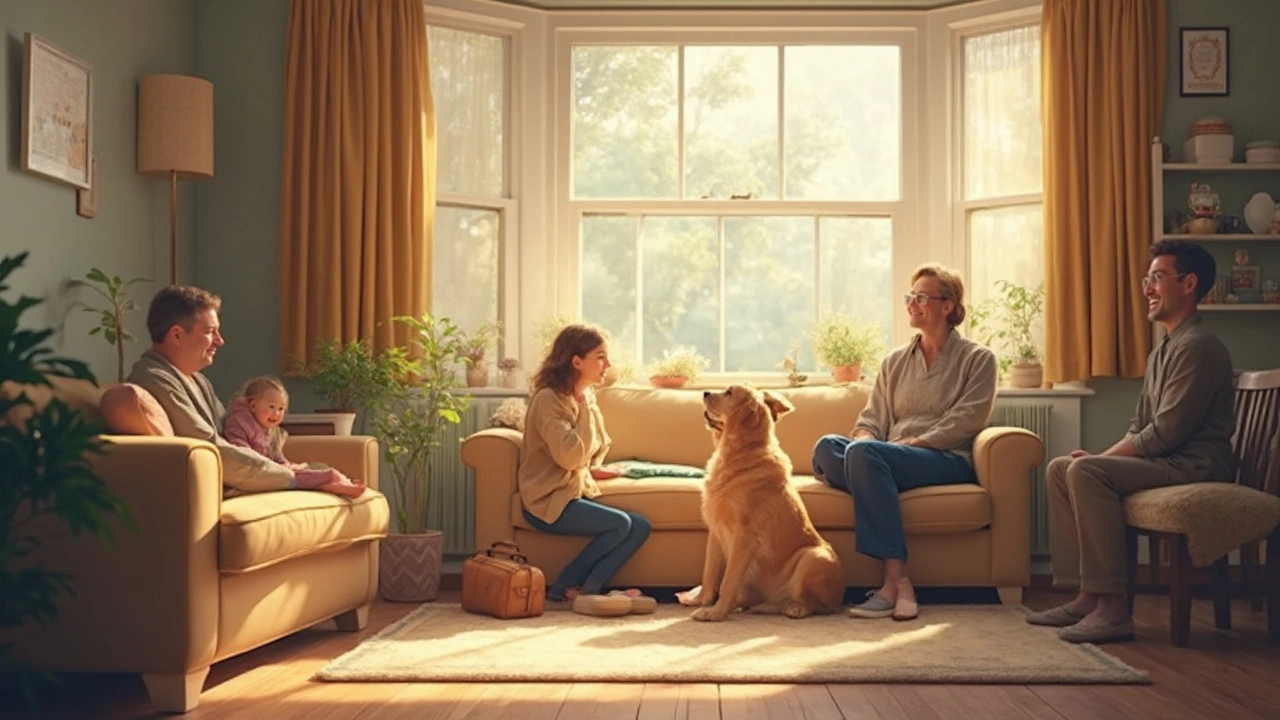Stop Barking: Practical, Kind Ways to Calm Your Dog
If your pup’s bark is turning into a daily soundtrack, you’re not alone. Most owners hit a wall when the yelling starts, but the fix isn’t always a harsh collar. The key is to understand why your dog barks and then match the solution to that cause. Below you’ll find easy steps you can start right now, plus a quick look at our top posts on the topic.
Why Dogs Bark – The Real Triggers
Dogs bark for many reasons: alerting you to strangers, begging for food, boredom, anxiety, or simply trying to communicate. A common mistake is to treat all barking the same way. For example, a nervous dog that barks at the mail carrier needs a calm‑confidence plan, while a bored puppy might just need more playtime.
First, watch the situation. Is the bark paired with a wagging tail or a stiff posture? Does it happen only when you leave the house? Answering these questions points you to the right training method.
Effective Ways to Stop Barking Without Harsh Collars
1. Match the cause. If your dog barks at the TV, turn the volume down or block the view. If it’s separation anxiety, try a gradual desensitization: start with short “away” periods and slowly increase the time.
2. Teach a “quiet” cue. When your dog barks, wait for a pause, say “quiet,” and reward the silence with a treat. Consistency turns the cue into a habit.
3. Provide mental and physical outlets. A tired dog barks less. Daily walks, puzzle toys, and short training sessions burn off excess energy that often fuels noisy behavior.
4. Use humane tools. Our post “Gentle Alternatives to Bark Collors” outlines options like citronella sprays, vibration collars, or ultrasonic devices that interrupt barking without pain. Choose the one that feels right for you and your dog.
5. Positive reinforcement. Reward calm behavior louder than the bark. If your dog sits quietly while a doorbell rings, give a treat and praise. Over time the dog learns that silence gets the good stuff.
For a step‑by‑step guide, check out the article “What Really Stops Dogs From Barking?” It breaks down the process into a checklist you can print and follow each day.
Remember, patience beats punishment. Most dogs respond better when they feel safe and understood. If you try a method for a week and see no change, tweak the approach or combine two techniques. Every dog is unique, so a bit of trial and error is normal.
Finally, keep your expectations realistic. A dog won’t go silent overnight, but with consistent, kind training you’ll notice a drop in unnecessary barking within a few weeks.
Ready to give these tips a go? Grab a treat, find a quiet corner, and start teaching that “quiet” cue today. Your ears – and your neighbour’s – will thank you!

How to Train a Dog to Stop Barking: Tips and Tricks
Barking is a natural dog behavior, but sometimes it can get out of hand. Helping a dog learn when to be quiet can make a world of difference at home. We'll explore practical strategies and tips for teaching your dog to curb excessive barking, with insights into the role of dog collars and other helpful tools.
View more